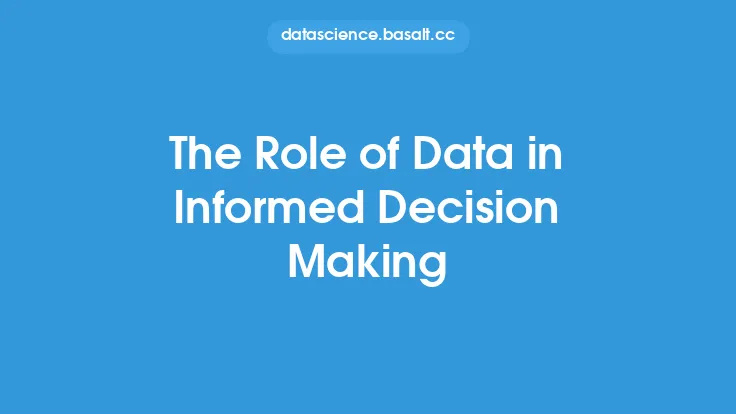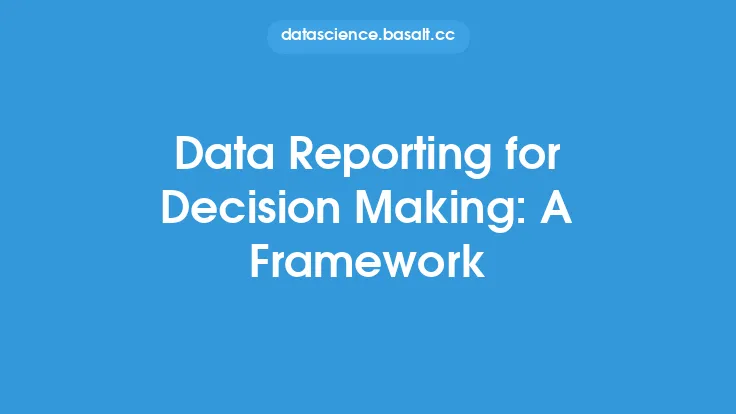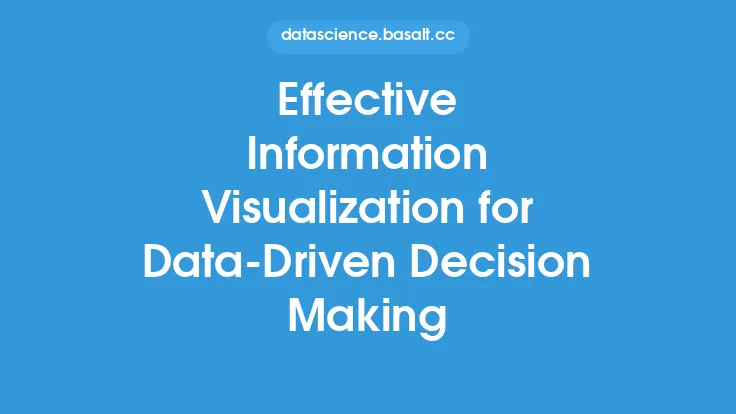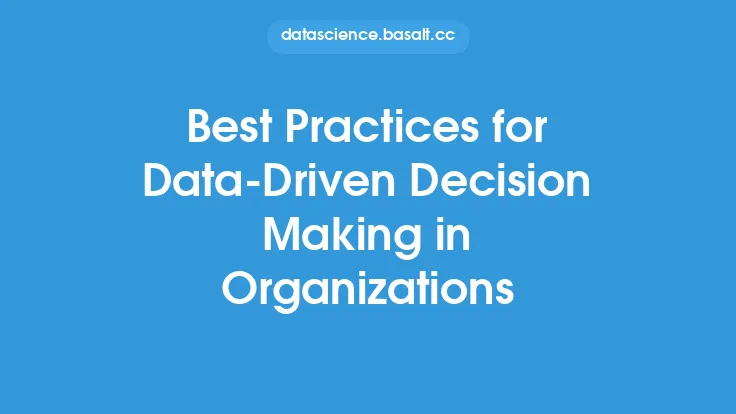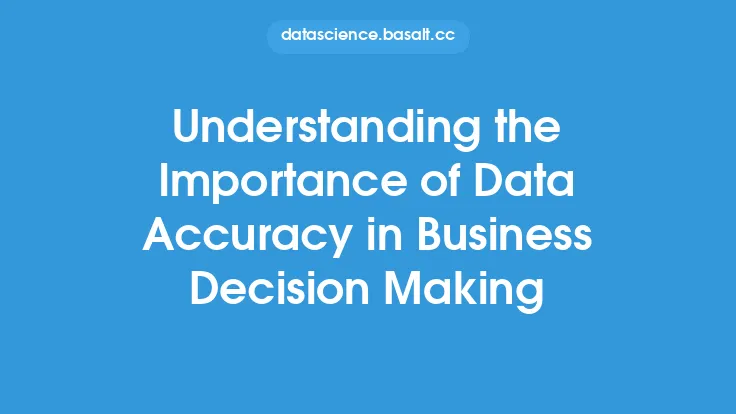Data distribution is a fundamental concept in data analysis that plays a crucial role in informed decision making. It refers to the way data points are spread out or dispersed within a dataset. Understanding data distribution is essential because it helps analysts and decision-makers identify patterns, trends, and correlations within the data, which can inform business strategies, predict outcomes, and optimize processes. In this article, we will delve into the world of data distribution, exploring its types, characteristics, and importance in data analysis.
Types of Data Distribution
There are several types of data distributions, each with its unique characteristics and properties. The most common types of data distributions include:
- Normal Distribution: Also known as the Gaussian distribution, it is a continuous probability distribution that is symmetric about the mean, showing that data near the mean are more frequent in occurrence than data far from the mean. In a normal distribution, about 68% of the data points fall within one standard deviation of the mean, about 95% fall within two standard deviations, and about 99.7% fall within three standard deviations.
- Skewed Distribution: A skewed distribution is a distribution where one tail is longer than the other. It can be either positively skewed (right-skewed) or negatively skewed (left-skewed). Skewed distributions are common in real-world data, and they can affect the accuracy of statistical models and analyses.
- Bimodal Distribution: A bimodal distribution is a distribution with two distinct peaks. This type of distribution can indicate that the data is a mixture of two different distributions or that there are two distinct subgroups within the data.
- Uniform Distribution: A uniform distribution is a distribution where every data point has an equal chance of being selected. This type of distribution is often used in simulations and modeling.
Characteristics of Data Distribution
Data distributions have several characteristics that are important to understand, including:
- Central Tendency: Central tendency refers to the tendency of data points to cluster around a central value, such as the mean, median, or mode. Understanding central tendency is essential because it helps analysts identify the typical value of a dataset.
- Dispersion: Dispersion refers to the spread of data points within a dataset. It can be measured using statistics such as the range, variance, and standard deviation. Understanding dispersion is essential because it helps analysts identify the amount of variation within a dataset.
- Shape: The shape of a data distribution refers to its overall appearance, including its symmetry, skewness, and modality. Understanding the shape of a data distribution is essential because it can affect the accuracy of statistical models and analyses.
- Outliers: Outliers are data points that are significantly different from the other data points in a dataset. Understanding outliers is essential because they can affect the accuracy of statistical models and analyses.
Importance of Data Distribution in Data Analysis
Data distribution plays a crucial role in data analysis because it helps analysts and decision-makers:
- Identify Patterns and Trends: Understanding data distribution helps analysts identify patterns and trends within the data, which can inform business strategies and predict outcomes.
- Develop Statistical Models: Data distribution is essential for developing statistical models, such as regression and hypothesis testing. Understanding data distribution helps analysts choose the right statistical model and interpret the results accurately.
- Optimize Processes: Data distribution can help analysts optimize processes by identifying areas of variation and improving efficiency.
- Make Informed Decisions: Data distribution helps decision-makers make informed decisions by providing a deeper understanding of the data and its underlying patterns and trends.
Common Data Distribution Metrics
There are several metrics that are commonly used to describe data distribution, including:
- Mean: The mean is the average value of a dataset. It is sensitive to outliers and can be affected by skewed distributions.
- Median: The median is the middle value of a dataset. It is more robust than the mean and can provide a better representation of the data when there are outliers.
- Mode: The mode is the most frequently occurring value in a dataset. It can be useful for identifying the most common value in a dataset.
- Standard Deviation: The standard deviation is a measure of dispersion that represents the amount of variation within a dataset. It is commonly used to describe the spread of a normal distribution.
- Variance: The variance is a measure of dispersion that represents the average of the squared differences from the mean. It is commonly used to describe the spread of a normal distribution.
Visualizing Data Distribution
Data visualization is an essential tool for understanding data distribution. There are several types of plots that can be used to visualize data distribution, including:
- Histograms: Histograms are a type of plot that shows the distribution of data by forming bins or ranges of values and then displaying the number of observations that fall in each bin.
- Box Plots: Box plots are a type of plot that shows the distribution of data by displaying the median, quartiles, and outliers.
- Density Plots: Density plots are a type of plot that shows the distribution of data by displaying the underlying probability density function.
- Q-Q Plots: Q-Q plots are a type of plot that shows the distribution of data by comparing the quantiles of the data to the quantiles of a known distribution.
Conclusion
In conclusion, data distribution is a fundamental concept in data analysis that plays a crucial role in informed decision making. Understanding data distribution helps analysts and decision-makers identify patterns, trends, and correlations within the data, which can inform business strategies, predict outcomes, and optimize processes. By understanding the types, characteristics, and importance of data distribution, analysts can develop more accurate statistical models, make informed decisions, and drive business success.
